In 2014, Facebook was the first tech company to announce it would pay for egg freezing—both for female staff and the spouses of its employees. Soon after, Apple and Google started offering egg freezing as a benefit too. We all know that a gender gap exists in the workplace; and STEM industries, especially tech companies, face mounting pressure to hire more women. Despite criticism over lack of gender diversity and family-friendly policies, the tech industry is far exceeding others in the area of facilitating employee access to family planning and fertility.
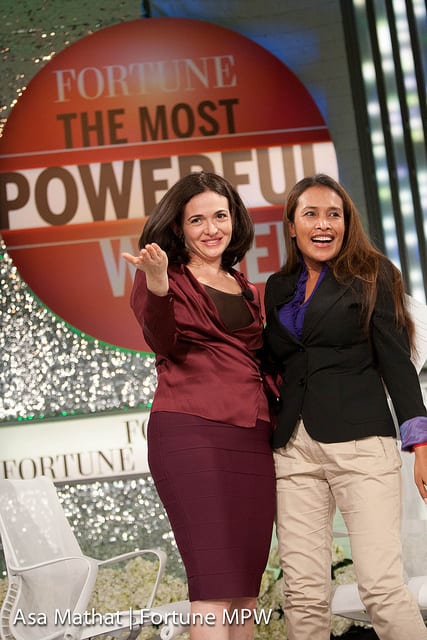
Facebook COO Sheryl Sandberg was inspired by an employee with cancer to create the company's egg freezing policy. While the policy was initially created to help women with cancer preserve their fertility for after chemotherapy, it has now grown to give employees the opportunity to delay childbirth. Tech companies are known for offering impressive perks to attract employees; however, this new policy has stirred quite a bit of controversy.
So the question is, will company-paid egg freezing be the great equalizer?
The egg freezing trend allows women the freedom to delay motherhood for non-medical reasons, such as to pursue their careers or find Mr. Right (instead of settling for Mr. RightNow). This is a luxury afforded by our male counterparts that don't have time restrictions on reproduction—although, it doesn't do much for the social pressures of being a mother vs. a father. This benefit provides women the opportunity to compete with their male counterparts in a more ‘equal' arena with regards to family life and pressures, especially those pursuing careers in male-dominated fields.
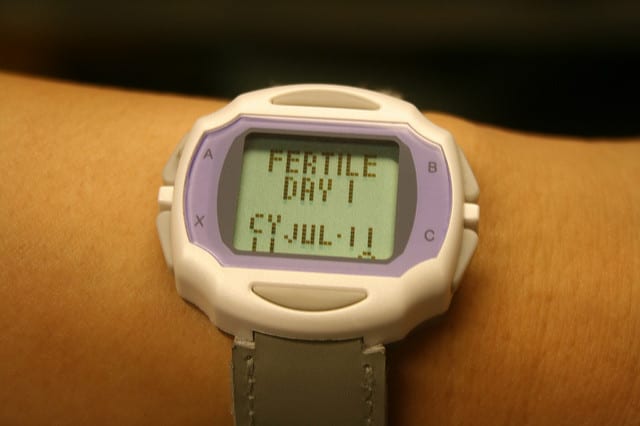
However, before we get all “I am woman hear me roar,†let's discuss some of the obstacles imparted by this egg freezing policy.
Oocyte cryopreservation, the technical term for egg freezing, is a young and tenuous science. It's typically a medically unnecessary surgical procedure, and like any surgery, it carries some risks—bleeding, infection, or injuries to structures near the ovaries. And, egg freezing is not generally recommended for women over the age of 38. Additionally, egg freezing requires the use of fertility drugs prior to the surgical procedure. These injectable fertility drugs can cause a potentially serious complication known as ovarian hyperstimulation syndrome (OHSS), resulting in the ovaries becoming swollen and painful soon after ovulation or egg retrieval. In a British study tracking 339 women, roughly 14% were hospitalized for OHSS after stimulation cycles yielded more than 20 eggs. Plus OHSS, necessitating hospitalization, is a detrimental clinical situation not only for the mother but also for the developing pregnancy. There is no treatment that can reverse OHSS, but medical professionals advise that it will usually get better with time.
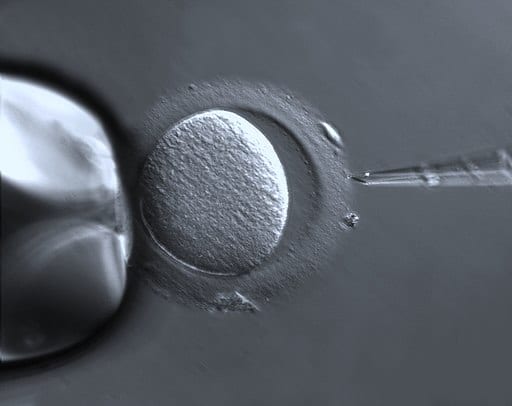
So you've decided the professional or relational benefits of delaying family life outweigh the risks associated with the surgical and hormonal procedures. Fast forward many months (or likely years) into the future. You now attempt to get pregnant with your frozen eggs. Whether your company can help soften the financial burden or not, you must now undergo at least one, but probably several rounds of invasive in vitro fertilization (IVF) procedures. You must again inject yourself with hormones to prepare your body for a potential embryo. If everything looks good at this point, the eggs must then be successfully thawed, no easy task given low thaw survival rates, and injected with sperm to be fertilized. This technique is known as intracytoplasmic sperm injection (ICSI) and has its own set of complications every step of the way.
Again, if all goes well, the viable embryo is then transferred into your uterus. The key here is that egg freezing does not preserve a woman's fertility, which will continue to decline. So while ‘fresh' eggs might increase the chance of successful IVF treatment in one's 40s, IVF fails more frequently than it succeeds. Even with the new flash freezing process, the most comprehensive data available reveals a 77 percent failure rate of frozen eggs resulting in a live birth in women aged 30, and a 91 percent failure rate in women aged 40. Not to mention, the emotional toll associated with family-building failures can be crushing.
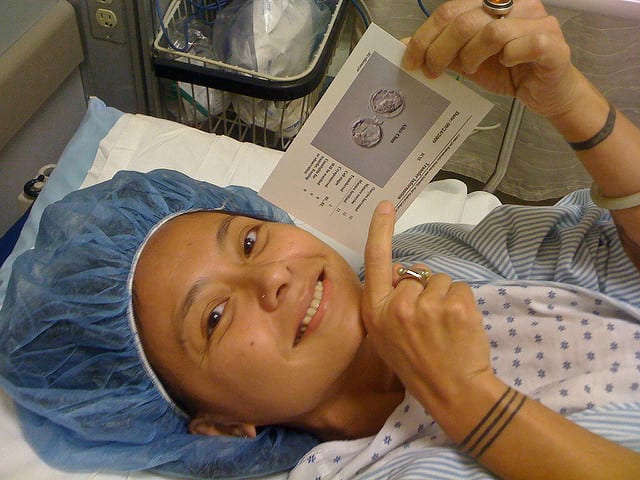
So what are the next steps? Perhaps we need to challenge tech industry companies to create policies that better embrace a woman's right to choose. This means giving them multiple options—the support to delay starting a family needs to be matched with equal strength for starting one.
In 2014 Apple announced an elective egg-freezing policy for its female employees. Shortly thereafter, in 2017, Apple opened a flashy new $5 million campus, one of the last projects worked on by company co-founder Steve Jobs before his death. But with all its bells and whistles, the one thing the campus doesn't include? A day care center.
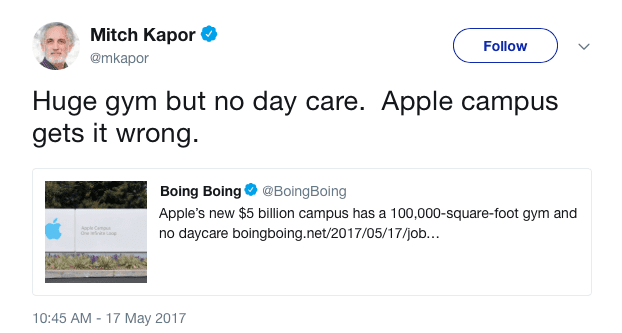
Tech companies think technology can solve lots of problems, including women's biological clocks. Critics say that the egg freezing policy sends the message to employees that work is more important than family.
And maybe the critics are right.
Featured Image Credit: ZEISS Microscopy via Flickr.
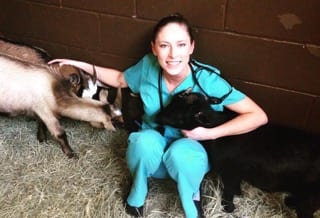 Lydia Anderson is a Dual DVM-PhD graduate student at the University of Georgia. Since completing her PhD in Infectious Diseases, she has been working on her DVM at the College of Veterinary Medicine with an emphasis in public health and translational medicine. She plans to use her training to help address the questions and challenges facing One Health due to emerging and zoonotic infectious diseases. When she is not busy learning how to save all things furry and playing with test tubes, Lydia can be found either freestyle cooking for her friends and family or binge watching Netflix with her rescue pup, Luna. More from Lydia Anderson.
Lydia Anderson is a Dual DVM-PhD graduate student at the University of Georgia. Since completing her PhD in Infectious Diseases, she has been working on her DVM at the College of Veterinary Medicine with an emphasis in public health and translational medicine. She plans to use her training to help address the questions and challenges facing One Health due to emerging and zoonotic infectious diseases. When she is not busy learning how to save all things furry and playing with test tubes, Lydia can be found either freestyle cooking for her friends and family or binge watching Netflix with her rescue pup, Luna. More from Lydia Anderson.
About the Author
- athenssciencecafehttps://athensscienceobserver.com/author/athenssciencecafe/April 17, 2020
- athenssciencecafehttps://athensscienceobserver.com/author/athenssciencecafe/April 12, 2020
- athenssciencecafehttps://athensscienceobserver.com/author/athenssciencecafe/April 3, 2020
- athenssciencecafehttps://athensscienceobserver.com/author/athenssciencecafe/March 30, 2020







